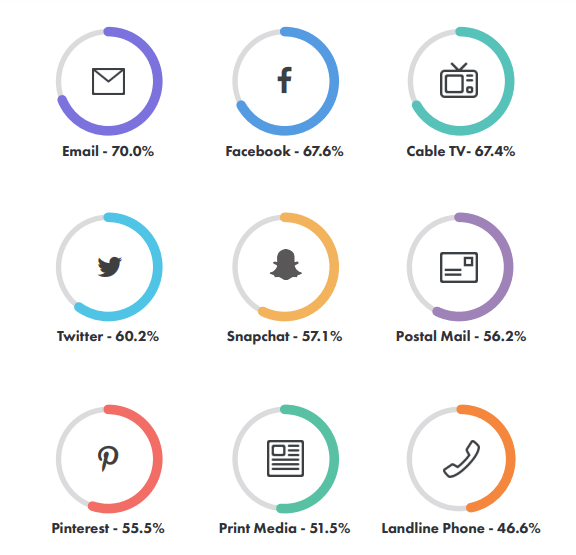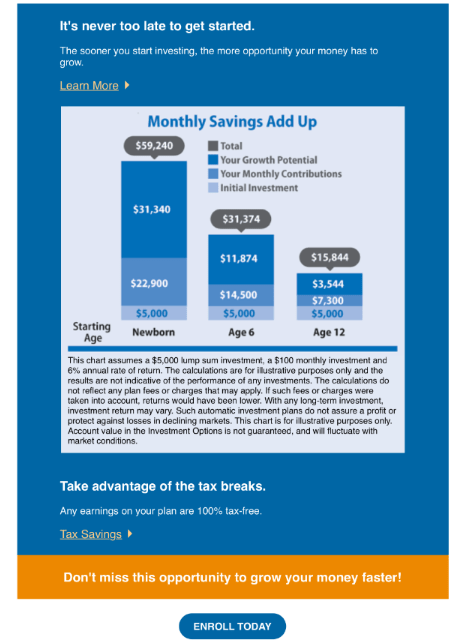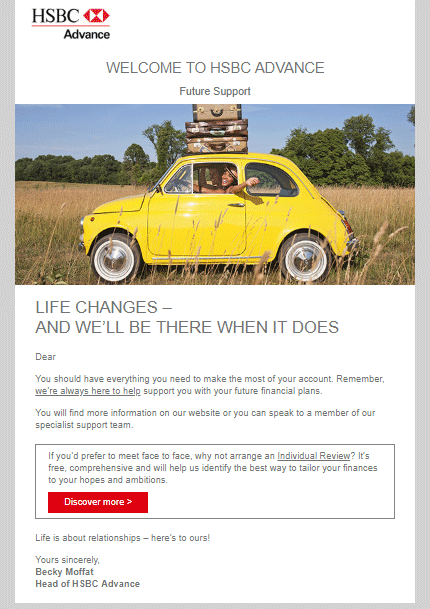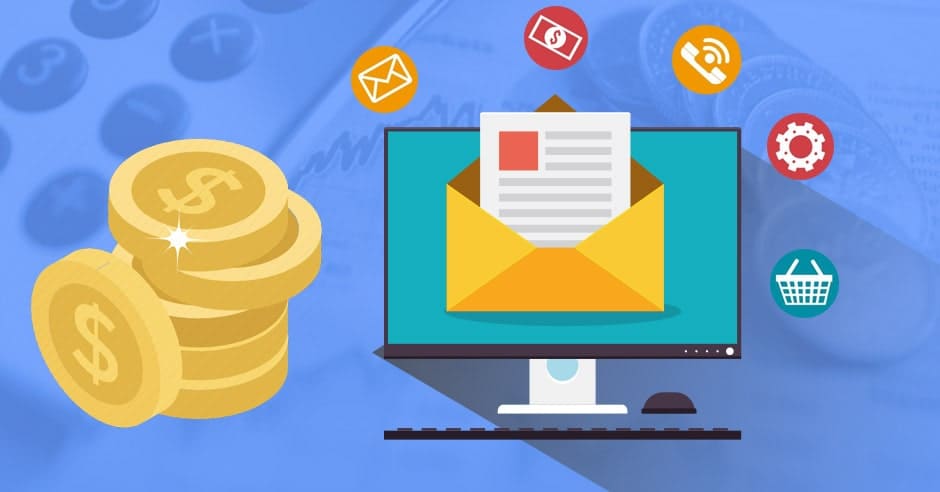Email marketing is one of the traditional and most esteemed forms of digital marketing, but it’s also one that’s often ignored by businesses, and financial services are no exception. For some, discussing finances may seem hard via emails.
Although crafting compelling and engaging emails might be stressful, there are also many opportunities for financial and banking companies if this form of marketing is considered seriously.
But, before beginning, it’s crucial to understand how it works for financial services so that you can launch a campaign that drives excellent results, without spamming or alienating prospects or customers.
What is Email Marketing for Financial Services?
Email marketing for the financial industry is the process of developing unique and relevant emails to send to potential clients in the target market. The purpose of financial services email marketing is to reach interested troops through this communication channel and nurture them with valuable content.
The primary goal is to make your email subscribers more likely sign-up for your commercial facilities and thereby speed up the sales cycle.
Why is Email Marketing a Must for Financial Industry?
1. Effective Communication Channel
As mentioned above, some financial institutions still refuse to use email as their marketing channel. But, in reality, email performs the best from the rest. In fact, the U.S marketing executives agree email alone drives the same amount of ROI as their social media, website, and display ad efforts combined, as per The Relevancy Group report.
Every financial institution must understand this and invest time on this strategy before wasting money on wrong leads.

Image Source: Wells Fargo
This email from Wells Fargo is intended at those who haven’t deposited the check by showing them how easy it is. The bank conveys the message in bullet points and reinforces the idea that depositing a check with your phone is simple, suitable, and secure.
Isn’t this email with a ‘Sign on’ CTA button more effective than any Facebook post?
2. Most Future-Proof Channel
Email is never dead, and it will likely be the same in the future. It is predicted that the number of emails sent out every day will rise from 293 billion to 333+ billion in 2020. Wow, right?
Older Millennials, a group assumed to be hostile toward email, are most optimistic about its longevity. That is, 72.1% believe it will still be around ten years from now.
The consumers with above-average household incomes are also confident about email. Such hopefulness among younger, well-off consumers is a pretty good sign that email marketing will survive beyond 2020.
A report by Litmus supports this statement.

Image Source: Litmus
3. Better Average Read Rate
Financial emails tend to get read when you be more specific about the character length of a subject line. According to Return Path, 65 characters is considered as the sweet spot, which is more than 15 characters when compared to the average subject line. However, most subject lines consist of 41 to 50 characters.
Apart from the number of characters, what really matters is – how creative is your subject line? If the subject line is innovative, then be sure of the fact that the recipient is going to open the mail without giving it a second thought.
So, keep your subject line short and sweet.
4. Easy Creation of Segmentation
Email list segmentation allows the financial institutions to group the customers in exciting ways. That is, you can create a segment from a database based on people from a specific location, age group, or who work within the pensions sector, etc.
If you have multiple services for different sections, segmentation helps you better. By segmenting into groups, you can send only a relevant copy of the email to a particular audience.

Image Source: ScholarShare 529
Consider the above example by ScholarShare 529. This email guides the parents to save for their kid’s private elementary, high school, and college educations, by setting up 529 plans, which are exempt from federal taxes. They have different 529 plans with state tax benefits varying by state.
5. Enables Personalized Touch to Campaigns
Personalization always works better with emails. You can make the reader feel that the email is sent specially to him or her. By appropriately segmenting your email list and inserting an element of personalization, you can send unique copies to each target group.
It could be in the form of names, where each email is addressed to a specific reader with his or her first name. Or, you can come up with exciting offers for specific individuals who have shown interest in it earlier.
Instead of selling your brand, try to be a little more personal with your prospects and customers.
6. Impressive Engagement Rate
It is essential for financial marketers to monitor and increase the engagement of subscribers. At present, some mailbox providers are incorporating individual engagement into their filtering choices with excessive success.
According to Return Path, the number of mailbox providers utilizing individual-level engagement as well as the weight they place on it will drastically increase.
To boost reader engagement, financial marketers must employ email and customer data across numerous sources to personalize every aspect of email campaigns, including content, campaign cadence, and send time.
7. Higher Conversion Rate
Undoubtedly, email marketing improves the conversion rate when you provide exactly what your audience is looking for. Engaging prospects with targeted and exciting offers will help your financial firm in the long run.
Below is a screenshot of the email by HSBC, which is sent a couple of weeks after opening a bank account online. Here, the company asks the reader to discover more about its services and benefits.

Image Source: HSBC
When the audience is capable of taking away so many benefits after signing up, they will certainly proceed to the next step. This results in an increased conversion rate and also a good number of customer databases.
To Sum It Up
Other digital marketing channels may look innovative and more refreshing than email, but none of them have a bigger impact on financial services. The financial and banking world still revolves around continuous email communication; henceforth, you can’t afford to miss out on the benefits of this strategy. As a result, invest a little more of time and attention on email marketing, if you wish to see clicks and conversions shooting way up.

